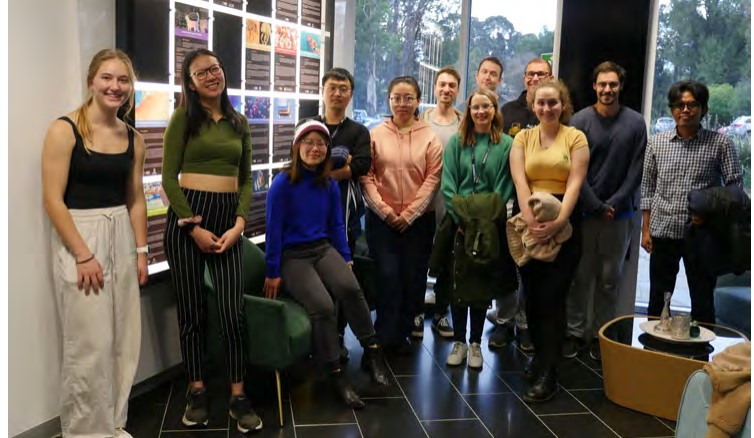Through high-performance computing and experimental collaborations, researchers are revealing some of the fundamental behaviours of human cells. PhD candidate YieChang Lin and Professor Ben Corry from The Australian National University are part of an international collaboration that has discovered how a protein (called PIEZO), central to human touch sensations and developmental processes, is controlled inside the cell. This work has implications for future drug design and helps us better understand potential mechanisms underlying human lymphatic disease.
ANU researchers conducted molecular dynamics simulations using NCI’s Gadi supercomputer to get a full picture of the interactions taking place in the protein PIEZO at the molecular level. By combining the experimental results with the simulation data, the researchers discovered a distinct protein subunit which controls PIEZO.
Supercomputer simulations are the only way to observe molecular interactions in detail. These simulations provide strong evidence of the mechanisms through which proteins react to drugs and other compounds in the body. Gadi helps researchers expand on and verify their results.
YieChang Lin says, ‘It’s a real privilege to help grow our understanding of the fundamental mechanisms of the human body. Routinely simulating very large proteins with a rapid turnaround on the NCI supercomputer is amazing, and the potential for discoveries in this space in coming years is huge.’
Researchers are now using optimised software packages running on Graphics Processing Units (GPUs) at NCI to get much higher performance and much quicker results. In the future, they are looking to incorporate Artificial Intelligence techniques into their workflows to help predict the potential effects of drug interactions ahead of conducting specific biophysical simulations.
Researchers hope these scientific advancements will improve the health outcomes for Australians by controlling how the PIEZO protein operates, and how it affects brain, lung and blood vessel function, plus more.
